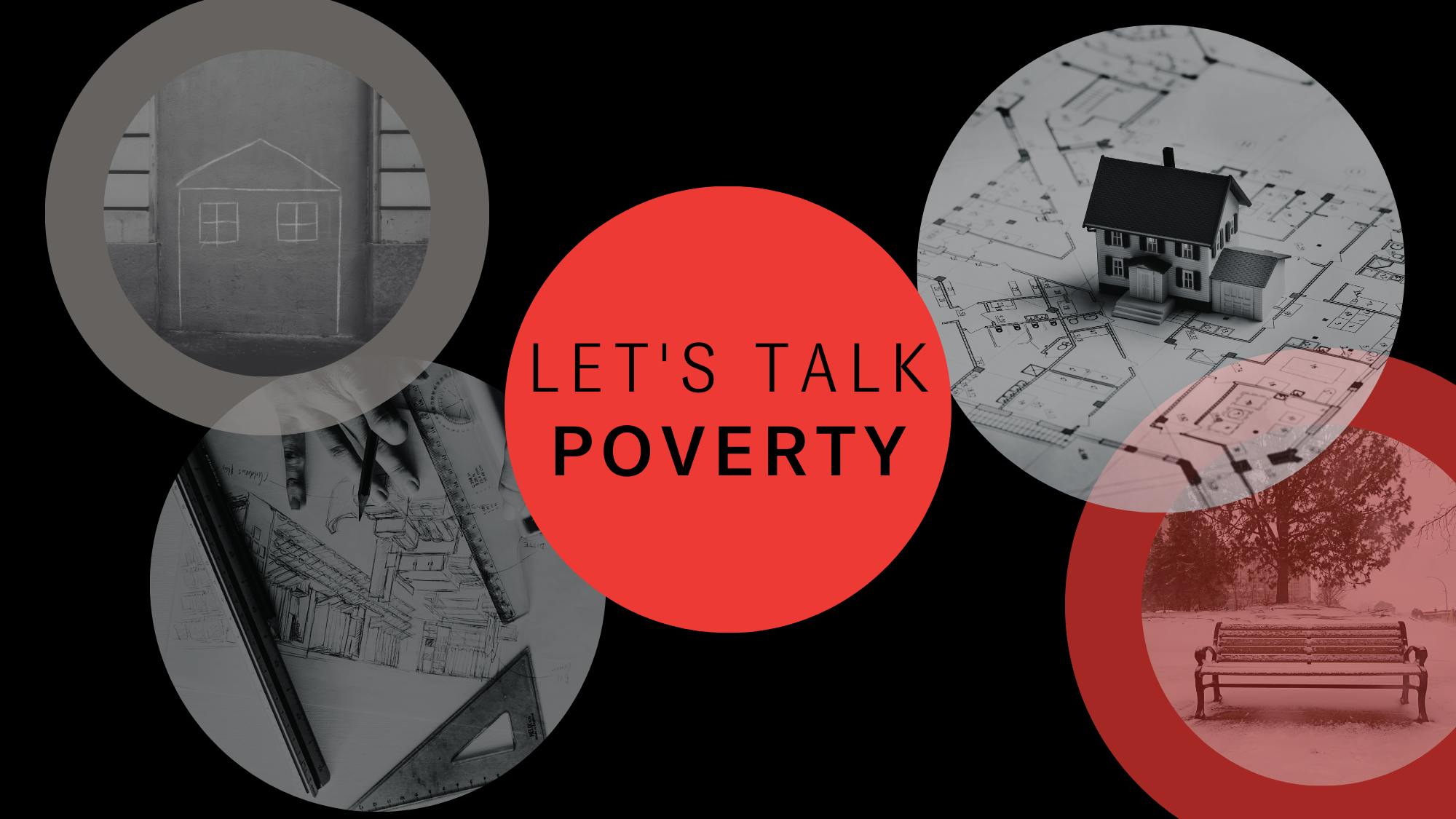In this episode of Let’s Talk Poverty, Lee Stevens connects with Jill Pable, a professor at Florida State University and creator of the non-profit, Design Resources for Homelessness, to discuss trauma informed design principles for homelessness.
Podcast

Published 26 June 2024
Last Updated 26 June 2024

In this episode of Let’s Talk Poverty, Lee Stevens connects with Jill Pable, a professor at Florida State University and creator of the non-profit, Design Resources for Homelessness, to discuss trauma informed design principles for homelessness.
In this episode
- Trauma informed design and how creating shelter space that integrates this approach eases the burden of homeless people waiting for services.
- The need for daytime spaces that promote community and provide services such as healthcare, PO boxes, meals, laundry and showers.
- Crime prevention through environmental design and how it seeks to help people engage in built spaces in ways that are appropriate for the majority of citizens.
- Integrating affordable housing into neighbourhoods to reduce stigma.
- Our built environment should be an active listener to people’s changing needs. We must continually assess whether our spaces are serving people where they are.
Three key takeaways
- A common misconception about shelters is that people won’t leave if the space is “too nice”. In fact, the biggest factor in people choosing to stay long term in a shelter is the lack of clarity about what steps to take to move on from transient spaces and a lack of affordable housing to transition into.
- When people have nowhere to go during the day, they invent spaces to be, often in tension with the intended use of that space. Daytime spaces for those experiencing homelessness serve many important functions: they provide essential health and wellbeing services, can be places for training and referrals, and foster community to battle loneliness.
- People may choose not to go into shelters in fear of losing community they have established in encampments. A consideration within the system is how to preserve the sense of connection people need while providing services.
About Jill Pable
Jill Pable is a professor with the Interior Architecture & Design Department at Florida State University and the creator of Design Resources for Homelessness, a non-profit resource offering research-informed practical design strategies for the design of supportive housing and shelters. These ideas have been featured in NBC News Online, FastCompany, the Conversation, the Independent, TEDtalks and National Public Radio. Her research focuses on the design of environments for people in crisis and she is the recipient of the ASID national Luminary Award, the Arnold Friedmann lifetime achievement award and was noted by DesignIntelligence as one of the 30 Most Admired Design Educators in the United States. Her co-authored work Homelessness and the Built Environment: Designing for Unhoused Persons was awarded the 2022 Interior Design Educators Council National Book Award. She believes that design can make life more interesting, fulfilling and humane.
Share your thoughts. Have an idea for us to explore or a question for us? Send us a message!

